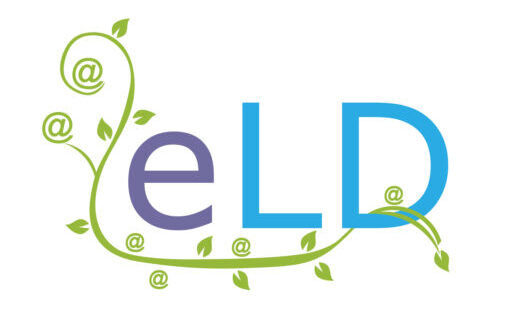Hot Standby DR
Hot Standby DR
Hot Standby DR
All Moodle and IOMAD hosting comes with Warm Standby as standard. For dedicated server clients, there is the option to upgrade to Hot Standby.
All Moodle and IOMAD hosting comes with Warm Standby as standard. For dedicated server clients, there is the option to upgrade to Hot Standby.
All Moodle and IOMAD hosting comes with Warm Standby as standard. For dedicated server clients, there is the option to upgrade to Hot Standby.
DR is Disaster Recovery, and Standby is the server side of a DR process. Hot Standby, specifically, is a method of redundancy in which system A runs simultaneously alongside system B.
If system A fails, system B kicks in immediately. As the systems run in sync, there is no real downtime suffered – the only delay is the length of time it takes for the DNS changes to be made. This is like getting a SIM moved to a new supplier; as the networks/DNS servers around the world catch up to the changes, your users will automatically be directed to your new system.

How does Standby DR work?
In (very) simple terms, it’s easiest to think of Standby as the process of transferring the contents of one box to another, with each Standby type having specific latency parameters attached. This is important, as latency is the speed at which data transfers from point A to point B in a network. In terms of your e-Learn Design services, point A is your original server, and point B is the new server to which your data is transferred in the event of a DR occurrence.
What types of Standby are available?
How much does Hot Standby cost?
We cover the setup and configuration in-house, and as the servers are in sync, we don’t charge for monitoring or maintenance. All you need to pay for are the basic hardware costs and the license fee, which is currently 20% of your dedicated server hosting plan + £360 (ex VAT).

